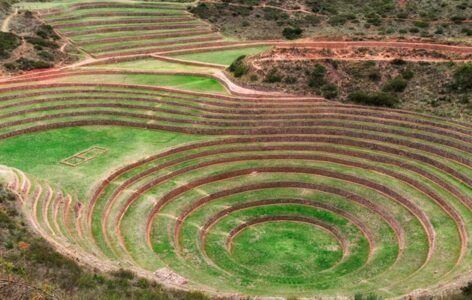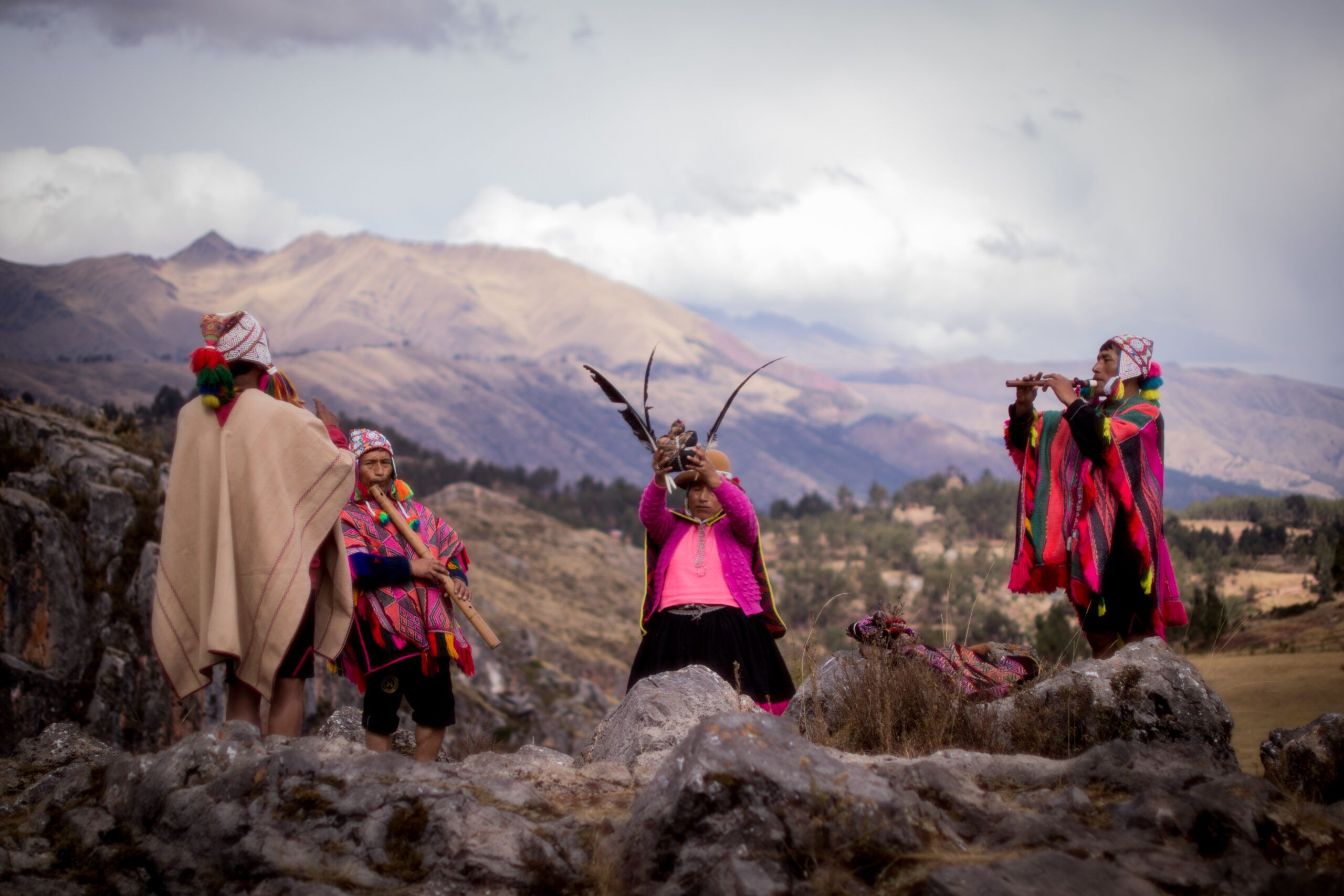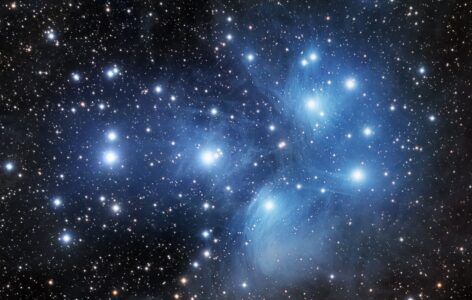Every year in May, the historic city of Cusco, Peru, comes alive with one of its most cherished religious celebrations: Velacuy (also known as Fiesta de la Cruz or Cruz Velacuy). This vibrant festival blends Catholic traditions with ancestral Andean beliefs, honoring the Holy Cross in a unique display of devotion, music, and dance (Flores Ochoa, 1998).

Origins of Velacuy
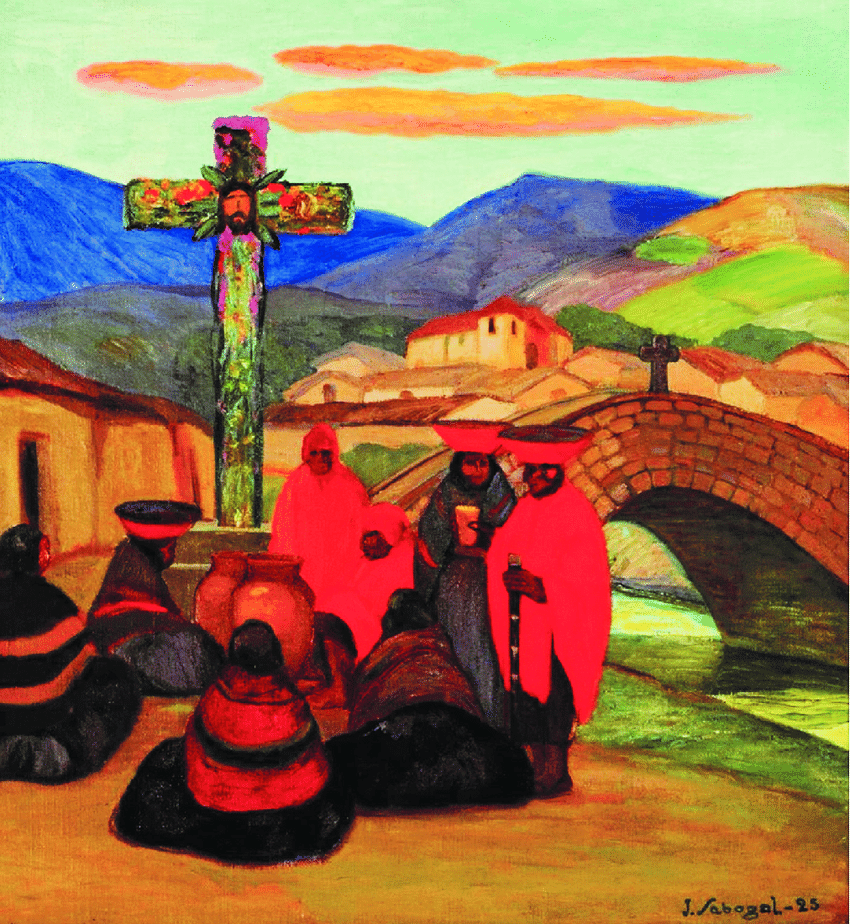
The veneration of the cross has deep roots in both Christianity and pre-Hispanic Andean culture. After the Spanish conquest, the Catholic Church introduced the Feast of the Exaltation of the Holy Cross, which merged with indigenous traditions that revered sacred symbols and natural elements (Gow & Condori, 1982). In Cusco, this syncretism gave rise to Velacuy, a celebration where crosses are adorned and honored in homes, churches, and streets.
How is Velacuy Celebrated?
The festivities begin on May 2nd and culminate on May 3rd, the official Day of the Holy Cross. Key elements of the celebration include:
1. The Adornment of Crosses
Families, neighborhoods, and churches decorate crosses with flowers, ribbons, and sometimes jewelry. These crosses are placed in homes, plazas, and even on hilltops, symbolizing protection and gratitude (Valladolid Rivera, 2005).
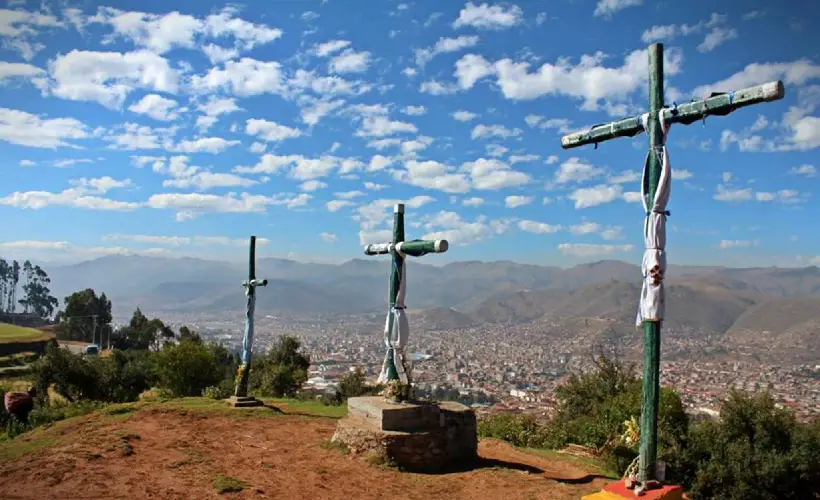
2. Processions and Pilgrimages
One of the most moving traditions is the pilgrimage to the Cruz Moqo (or Cerro de la Cruz), a hill overlooking Cusco where a large cross stands. Devotees climb the hill to pray, leave offerings, and seek blessings (Cusco: Tradición y Fiesta, 2010).
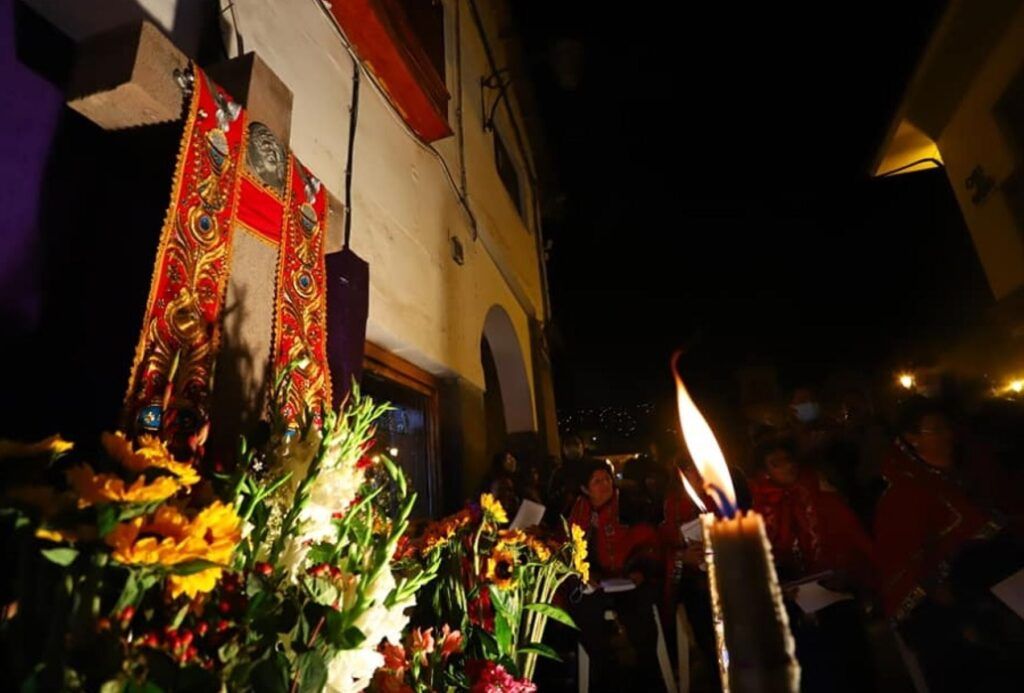
3. Music and Dance
Velacruz is also a time for joy and community. Traditional dances like Los Chunchos and Los Qhapaq Qolla are performed, accompanied by live bands playing festive music. The streets fill with color as dancers in elaborate costumes celebrate their faith and heritage (Ráez Mendiola, 2014).
4. Food and Sharing
No Andean festival is complete without food! Families prepare special dishes such as lechón (roast pork), tamales, and chiriuchu (a traditional cold dish). Sharing meals strengthens bonds within the community (Paredes Candia, 2003).
A Festival of Syncretism
Velacuy beautifully represents the fusion of Catholic and Andean traditions. While the cross is a Christian symbol, the act of honoring it with flowers, music, and processions echoes ancient rituals dedicated to Pachamama (Mother Earth) and the Apus (mountain spirits) (Marzal, 2002).
Experience Velacuy in Cusco
If you’re visiting Cusco in early May, don’t miss this heartfelt celebration. Whether you climb to the Cruz Moqo at sunrise, join the lively dances, or simply admire the beautifully adorned crosses, Velacruz offers a profound glimpse into Cusco’s living culture.
Bibliography
- Flores Ochoa, J. (1998). El Cuzco: Resistencia y continuidad. Centro de Estudios Andinos.
- Gow, D., & Condori, B. (1982). Kay Pacha: Tradición y cambio en el Cusco. Instituto de Pastoral Andina.
- Valladolid Rivera, J. (2005). Fiestas y rituales en los Andes. Universidad Nacional San Antonio Abad del Cusco.
- Cusco: Tradición y Fiesta (2010). Municipalidad del Cusco.
- Ráez Mendiola, M. (2014). Danzas y fiestas tradicionales del Cusco. Editorial Universitaria UNSAAC.
- Paredes Candia, A. (2003). La cocina popular boliviana y sus alrededores. Editorial Amigos del Libro.
- Marzal, M. (2002). Tierra encantada: Tratado de antropología religiosa de América Latina. PUCP.

